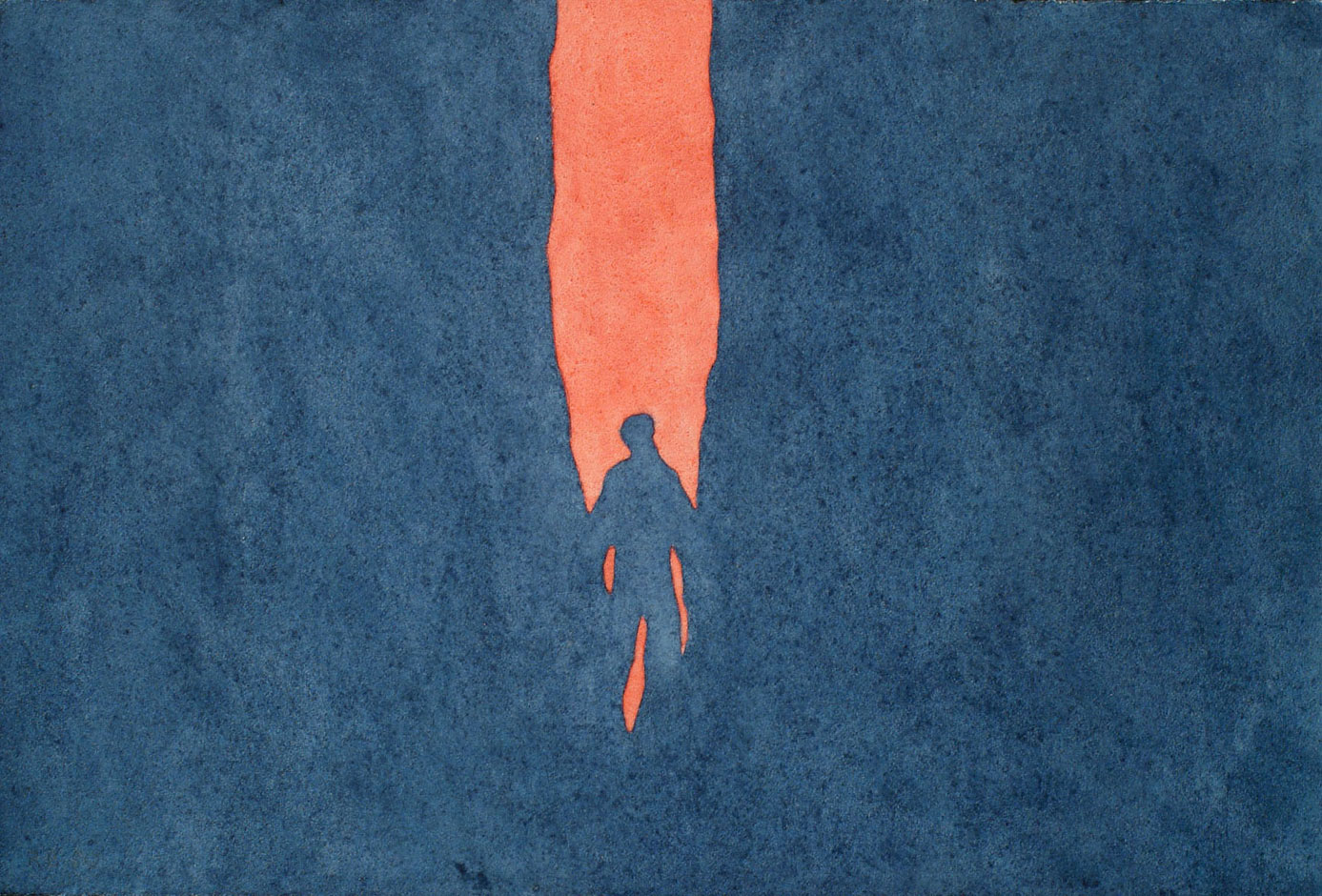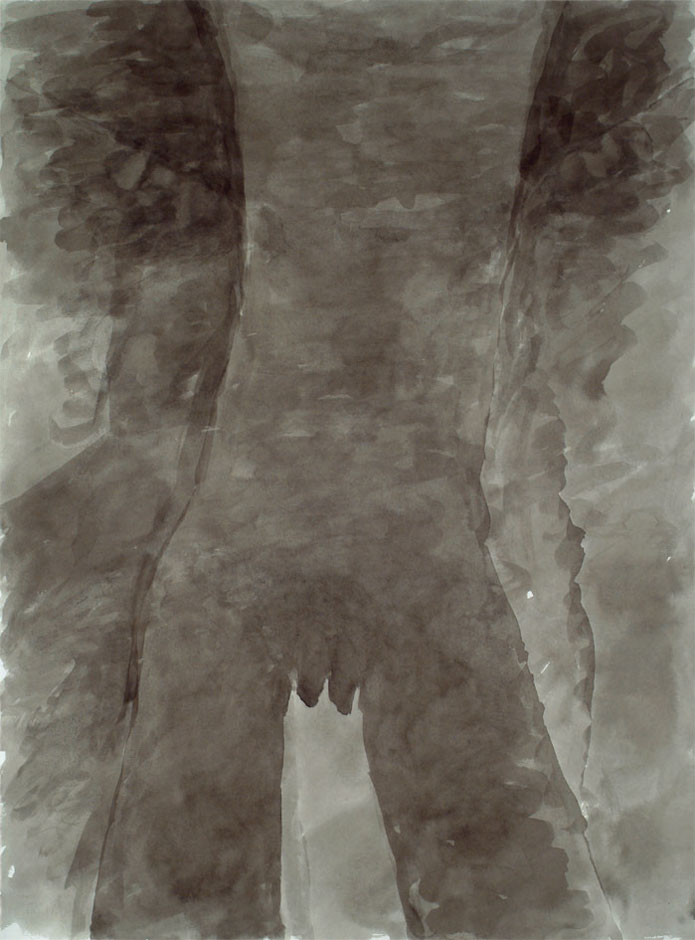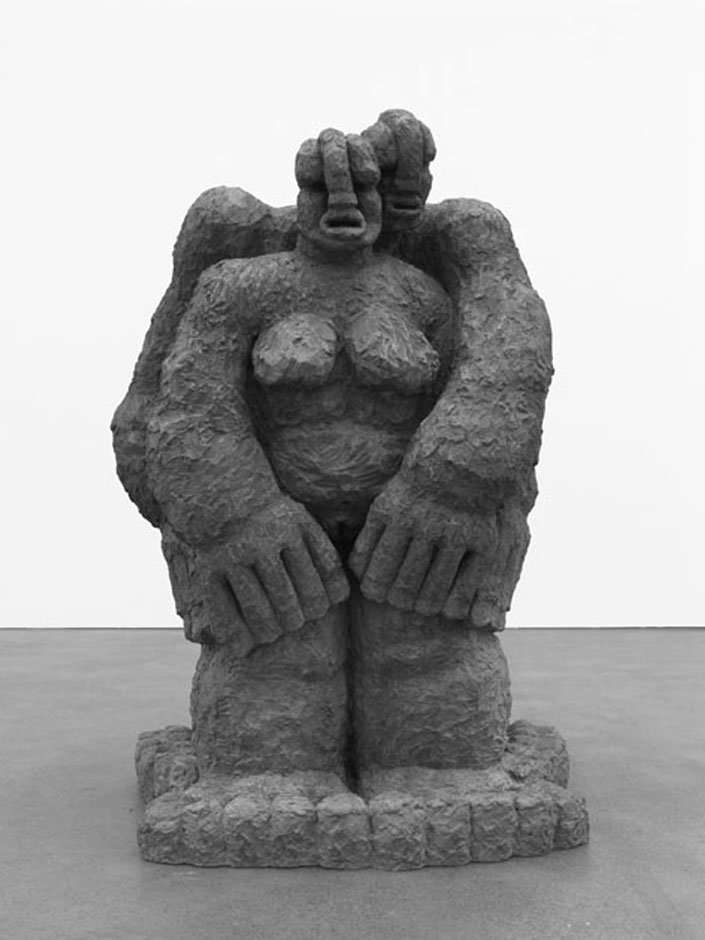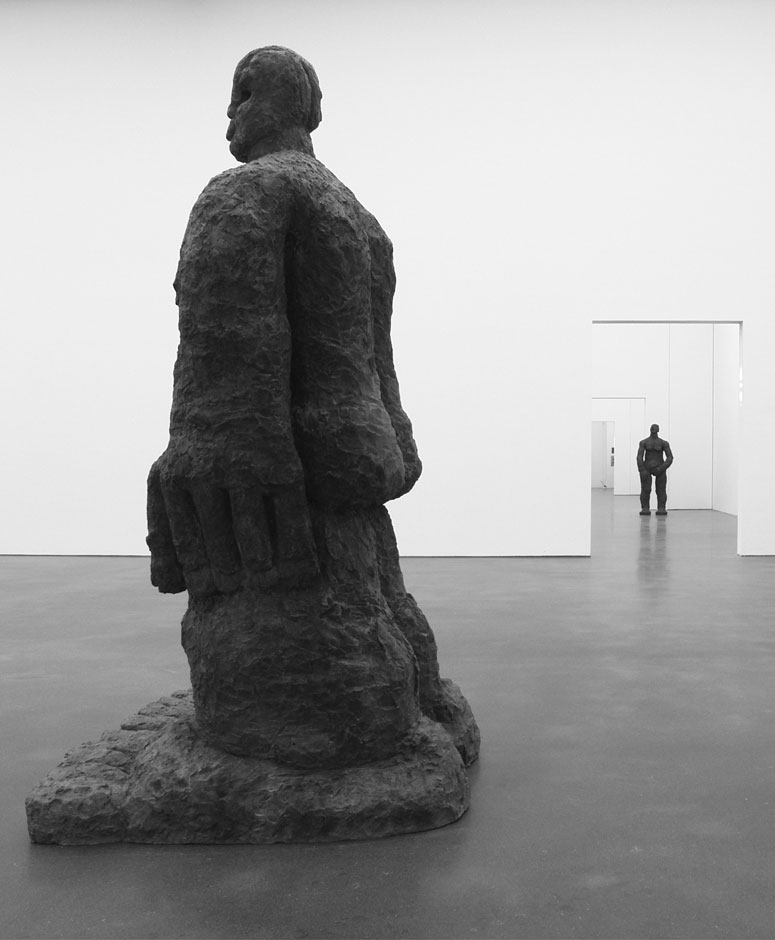Rudolf Blättler
Ubinas
Ubinas is the name of a volcano in the Peruvian Andes to which Blättler has traveled repeatedly. The Latin etymology of the name (ubi = where, nascere = to be born) means a place that is a fount of life. Ubinas – source of all things – is not just the title of a work but is one of the leitmotifs of Rudolf Blättler’s entire creative endeavor. His work delves into the basic conditions of life, its beginnings and ends, embracing light and darkness, man and woman.
Born in 1941 in Kehrsiten (Canton Nidwalden) Rudolf Blättler is one of Switzerland’s major living sculptors. A carefully selected group of works from an œuvre spanning more than three decades pays tribute to him in the exhibition at the Museum of Art. Distinct phases of his work, differing strikingly in their means of expression, come together again here, united by their common interests, but also by their ability to involve us, as viewers, by provoking thought and inviting us to enter in on their spirit.
Examining the imposing plaster and bronze figures more closely, one is surprised by the lovingly careful treatment of their surfaces. Standing solidly on the ground with which they seem to be literally rooted, their shapes call to mind natural phenomena. They are neither portraits nor representations of existing human beings, but the artist’s own creations. Aside from a few couples, most of the figures are women – Blättler refers to them by the old-fashioned word Weib, a word that embraces the life-giving, creative aspects of the feminine and reunites the figures at the conceptual level with nature, Earth, the primal mother. Earth as place that gives and receives and is a part of the cycle of nature, and as the place on which our lives depend.
That sexuality plays an important role in the work of an artist who explores the basic questions of existence comes as no surprise. Blättler’s interest in the fascinating phenomenon of two sexes being needed for the generation of life can issue in pictorial forms that are often unequivocally phallic or vulva-shaped, or in a man and woman copulating fervently. But it also manifests itself far more generally in his preoccupation with sites of transition from one world to another, from outside to inside, from light to darkness. Aside from the eyes, mouth and sex, a volcano is a locality, for instance, where two worlds commingle, the Earth both throwing up and ingesting itself.
This is the key to the utopian projects of 1976 to 1986. What we have here are gigantic structures that might be described as cult sites. They lay a path for us deep into the interior of the Earth, facilitating an experience of self – Ubinas – as in a shamanistic journey, before returning us to reality, to the Earth’s surface and to the light.
A third and final group of works consists of Blättler’s works on paper. These are delicate and poetic treatments of the same theme produced for the most part in the course of the artist’s numerous travels to potent sites around the globe. Parallel to the sculptural works, the past three years’ intense involvement with the human figure in drawings and paintings has issued in two series. Executed in ink wash with extreme precision and intensity, one focuses on the central area of the body, highlighting and at the same time blurring the duality of the sexes. The second series consists of poignant half-length figures, or faces, whose positioning at the lower edge of the picture, or embedded in their surroundings, conveys a feeling both of shelteredness and of loneliness.
curated by Peter Fischer
The exhibition is supported by Binding Sélection d’artistes (Sophie und Karl Binding Stiftung); Zuger Kulturstiftung Landis & Gyr/Siemens Building Technologies; Anliker AG Bauunternehmung, Emmenbrücke; Viscosuisse Immobilien AG, Emmenbrücke; HG Commerciale, Luzern; Kulturförderung des Kantons Nidwalden; Gemeinnützige Stiftung Leonard von Matt; Etienne AG, Luzern, Gabriel Transporte, Luzern.



